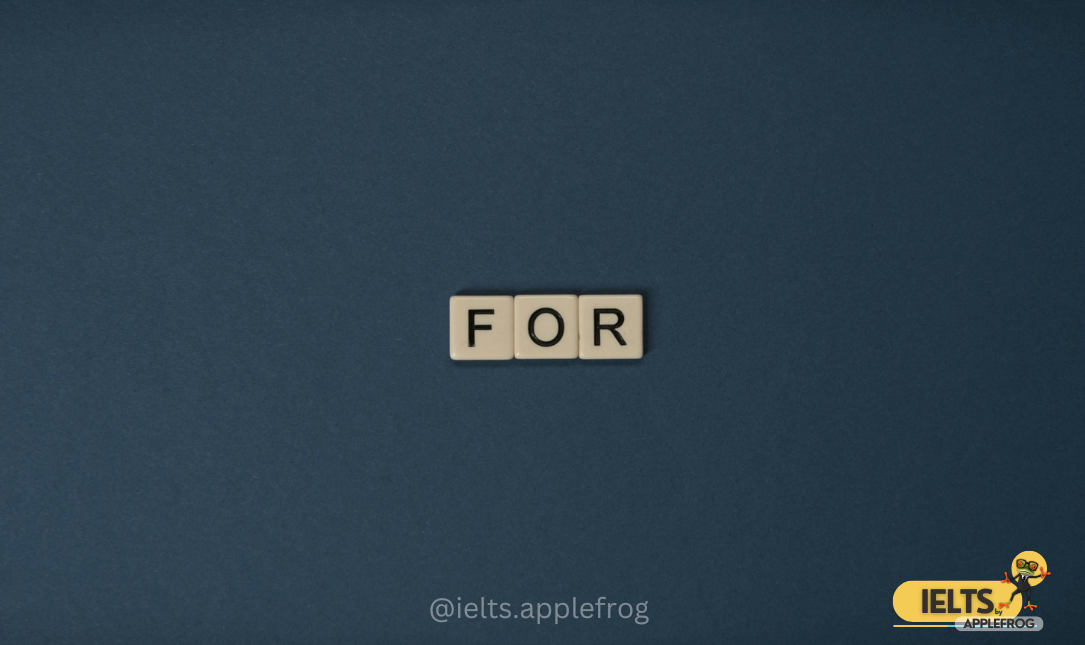
Comparison of Present Perfect and Present Perfect Continuous Tenses
This comparison outlines the differences between the present perfect and present perfect continuous tenses, including their focus, verb structures, and usage examples.
Present Perfect Tense
Focus: Emphasizes the result or completion of an action or event, highlighting its connection to the present moment.
Verb Structure: Uses “have/has” + past participle.
Example: “I have visited that city before.”
Present Perfect Continuous Tense
Focus: Highlights the duration or continuity of an action or state that started in the past and continues to the present.
Verb Structure: Uses “have/has been” + present participle (-ing form).
Example: “She has been studying for three hours.”
Differences Between the Two Tenses
| Aspect | Present Perfect | Present Perfect Continuous |
|---|---|---|
| Nature of the Action | Focuses on the completion or result of an action or event. | Emphasizes the ongoing duration or continuity of an action. |
| Time Frame | Highlights the connection between past actions and the present moment. | Indicates an ongoing action that started in the past and continues to the present. |
| Verb Structure | Uses “have/has” + past participle. | Uses “have/has been” + present participle (-ing form). |
| Usage | Used to discuss past actions or events with present relevance. | Used to describe ongoing actions or states that started in the past and continue to the present. |
Choosing the Right Tense
While both tenses involve the auxiliary verb “have/has,” the distinction lies in their focus:
- Present Perfect: Highlights the result or completion of an action.
- Present Perfect Continuous: Emphasizes the ongoing nature and duration of an action.
Choosing between these tenses depends on the context and the meaning you want to convey.
Understanding the differences between the present perfect and present perfect continuous tenses helps in using them accurately to express specific contexts.












 Here can be your custom HTML or Shortcode
Here can be your custom HTML or Shortcode
0 Comments